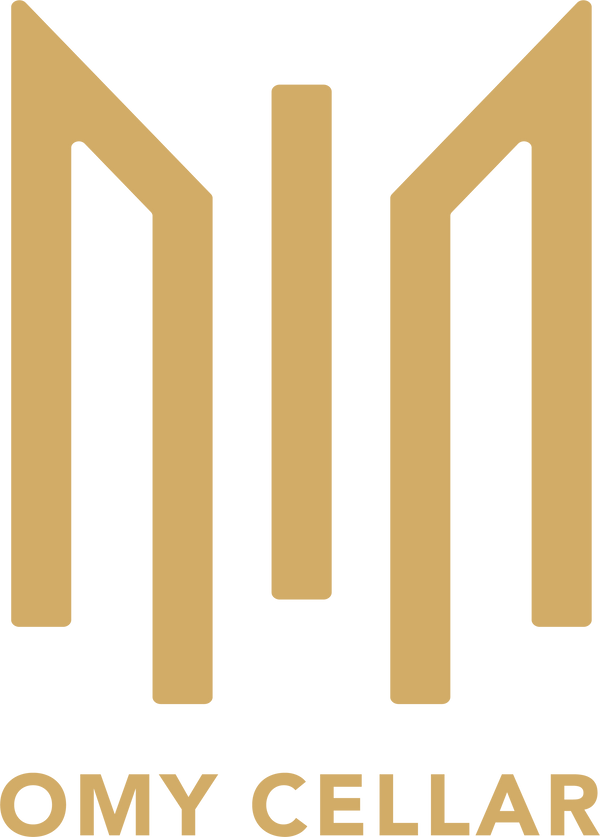Australia - Rutherglen
Rutherglen: Australia’s Home of Fortified Wines and Bold Reds
1. Location
Rutherglen is located in Victoria, Australia, near the border of New South Wales, about 275 kilometers (170 miles) northeast of Melbourne. The region sits along the Murray River, providing fertile soil and a warm climate, which is ideal for growing grapes used in the production of fortified wines and bold red varieties. Rutherglen is most famous for its iconic Muscat and Topaque (formerly known as Tokay) fortified wines, along with rich, robust Shiraz and Durif (Petite Sirah).
2. Sub-Regions
Rutherglen is a relatively small and concentrated wine region without officially designated sub-regions. However, there are notable vineyard areas around the town of Rutherglen and the nearby Wahgunyah region, which sits along the Murray River and shares similar climatic conditions.
3. History
Rutherglen’s winemaking history dates back to the 1850s during the Victorian gold rush, when many European immigrants, particularly from Scotland and France, settled in the region and planted vineyards. The region quickly gained a reputation for its fortified wines, particularly Muscat and Tokay, which became highly sought after both in Australia and internationally. In the 20th century, as tastes shifted, Rutherglen continued to thrive with its fortified wines, while also expanding into Shiraz, Durif, and other red varieties. Today, Rutherglen is celebrated as one of Australia’s most unique and historical wine regions, with many producers still using solera systems and traditional methods to create their world-famous fortified wines.
4. Wine-Making History
Rutherglen is known for producing rich, intense wines, with a particular focus on fortified Muscat and Topaque wines, as well as bold Shiraz and Durif. Winemakers in Rutherglen often use traditional methods, including long barrel aging for fortified wines, creating complex, deep flavors.
• Muscat: Rutherglen Muscat is made from Muscat à Petits Grains Rouge, also known as Rutherglen Brown Muscat. This fortified wine is famous for its intense sweetness, viscosity, and complex layers of flavor, including raisin, toffee, dried fig, and spices. Rutherglen Muscat is classified into four tiers based on age: Rutherglen Muscat, Classic Muscat, Grand Muscat, and Rare Muscat, with older wines developing extraordinary richness and depth.
• Topaque: Formerly known as Tokay, Rutherglen Topaque is made from Muscadelle grapes. Like Muscat, Topaque is a fortified wine with intense sweetness, but it tends to have lighter, fresher flavors of honey, candied fruit, and tea leaves, with an almost ethereal quality. It also follows the same classification tiers as Muscat, with older wines becoming more concentrated and luxurious.
• Durif: Also known as Petite Sirah, Durif is one of Rutherglen’s signature red varieties, producing full-bodied, dark wines with intense flavors of blackberry, plum, black pepper, and chocolate. The wines are robust, with firm tannins and excellent aging potential.
• Shiraz: Rutherglen Shiraz tends to be rich, bold, and fruit-driven, with flavors of ripe red and black berries, spice, and a touch of earthiness. The warm climate of Rutherglen allows for full ripeness, resulting in powerful wines with deep color and ripe tannins.
• Fortified Wines: In addition to Muscat and Topaque, Rutherglen produces a variety of other fortified wines, including Port-style wines and Sherry-style wines, which reflect the region’s long tradition of fortified winemaking.
5. Region Facts
• Size: Rutherglen has around 1,850 hectares of vineyards, making it a relatively small wine region.
• Production: The region is known for its focus on fortified wines, particularly Muscat and Topaque, but it also produces robust red wines such as Durif and Shiraz.
• Grapes: The primary grape varieties are Muscat à Petits Grains Rouge (for Muscat), Muscadelle (for Topaque), Durif, Shiraz, and Cabernet Sauvignon.
• Notable Producers: Some of the most respected wineries in Rutherglen include Campbells Wines, All Saints Estate, Pfeiffer Wines, Morris Wines, Stanton & Killeen Wines, Rutherglen Estates, and Buller Wines.
6. Classification System
Rutherglen follows the Australian Geographical Indication (GI) system, meaning wines labeled as Rutherglen must be made from grapes grown within the region. For fortified wines, Rutherglen has a unique classification system for Muscat and Topaque, based on the age and complexity of the wine:
• Rutherglen Muscat/Topaque: Young wines, typically aged for 2–5 years, with fresh, fruit-forward flavors.
• Classic Muscat/Topaque: Aged for 6–10 years, showing more depth, richness, and complexity.
• Grand Muscat/Topaque: Aged for 11–19 years, with intense concentration and complex flavors of dried fruit, caramel, and spice.
• Rare Muscat/Topaque: Aged for 20+ years, these wines are incredibly concentrated, luscious, and rich, offering profound depth and extraordinary flavor.
7. Climate
Rutherglen has a warm continental climate, with hot summers and cool winters. The region’s long, sunny growing season allows for full ripening of the grapes, which is essential for producing the rich, intense flavors that characterize the region’s wines, particularly for fortified wines and Durif.
• Warm Climate: The region’s hot days and cool nights help develop intense, ripe fruit flavors while preserving acidity in the grapes. This is particularly important for producing the concentrated, full-bodied styles that Rutherglen is known for.
• Soils: The soils in Rutherglen are generally alluvial, with sandy loam and clay over a deep, fertile base. These well-drained soils are ideal for growing Durif, Shiraz, and the grapes used in the region’s famous fortified wines.
• Rainfall: Rutherglen has relatively low rainfall, which, combined with the warm climate, reduces disease pressure in the vineyards and allows winemakers to control ripening through irrigation when necessary.
